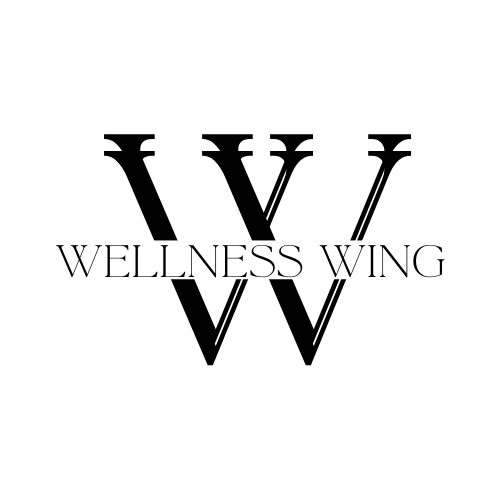 Massage is the simplest and oldest form of medical care. Professional therapeutic massage is an age-old healing art, which alleviates physical, mental and emotional ailments. It is important to know that there are different types of massages, and not every type of massage is right for every individual. Understanding the differences in each method will help you choose the most effective technique to alleviate your discomfort.
Massage is the simplest and oldest form of medical care. Professional therapeutic massage is an age-old healing art, which alleviates physical, mental and emotional ailments. It is important to know that there are different types of massages, and not every type of massage is right for every individual. Understanding the differences in each method will help you choose the most effective technique to alleviate your discomfort.
- Swedish Massage Therapy – The standard type of massage offered in most clinics, gyms, spas, and wellness centers, Swedish massage is the method that most people envision when they think of massage therapy. It focuses on improving blood flow to the skin and muscle and removing muscle tension. Swedish provides generalized relaxation, improves circulation, lowers blood pressure, reduces stress and enhances one’s overall state of health. Using lotion or oil, massage therapists typically begin with broad general strokes and then transition to targeting specific problem areas.
- Deep Tissue Massage – Uses slow friction and deep finger pressure on areas suffering from chronic muscle tension or areas that ache or feel contracted. This type of massage is useful for areas of hypertension, such as a stiff neck or sore shoulders. The pressure of deep tissue is generally more intense than that of a Swedish massage, but it shouldn’t have to be painful to be effective. If you’re experiencing pain, let your massage therapist know right away.
- Reflexology – The therapist uses finger pressure and techniques such as kneading and rubbing to promote relaxation and healing in the body. Reflexology is based on “reflex areas” on the hands and feet, whose energy is believed to be connected to organs and other body parts. By applying pressure to the reflex points, the reflexologist can balance your nervous system and stimulate endorphins, the body’s natural pleasure response, which reduces stress and discomfort. This can be a deeply relaxing therapy, especially if you stand all day or have tired, achy feet. You remove your shoes and socks but otherwise remain clothed.
- Hot Stone Massage – Hot stone massage uses warm stones placed on specific points on the body and the therapist can also hold the warm stones while giving the massage. The stones are usually basalt (a volcanic rock that retains heat well). The warmth of the stones can be relaxing and can loosen tight muscles so that the therapist can reach areas of muscle tension quickly. If you have certain medical conditions such as high blood pressure, diabetes, or heart disease, it is advised to refrain from this type of massage.
- Aromatherapy Massage – An aromatherapy massage is a Swedish massage with essential oils added to the massage oil. Although oils may be selected to address specific needs, the therapist typically uses pre-blended oils to relax, energize, or uplift. The soothing effects of aromatherapy massage can benefit a variety of conditions, including headaches, insomnia, certain digestive disorders, and even premenstrual symptoms. Before receiving an aromatherapy massage, make sure you’re not allergic to any of the plants used in the oils, since they may cause a reaction on the skin.
When you are looking for massage therapy, be sure to check which type of massage methods a practitioner can provide. You want a method that addresses your reason for getting massage. Understanding the different types of massage can help you find the right fit for your needs.
